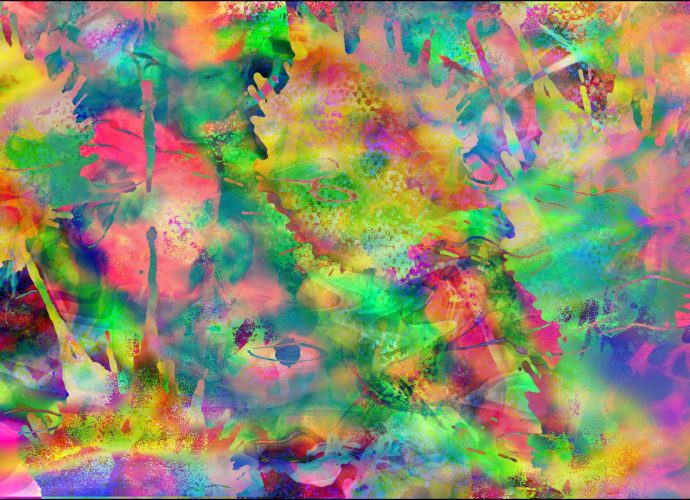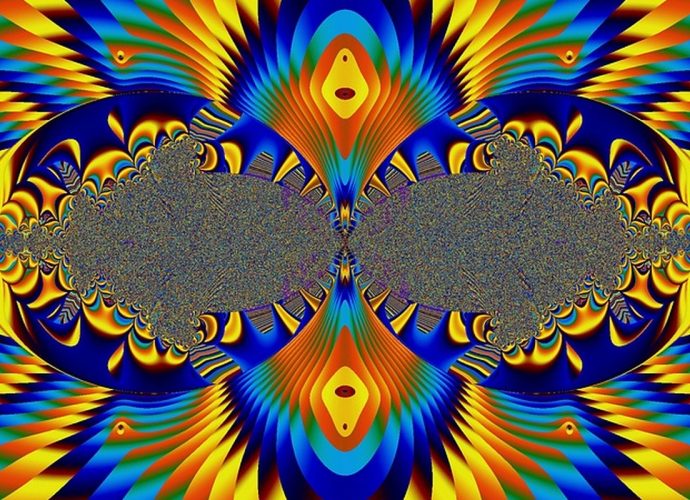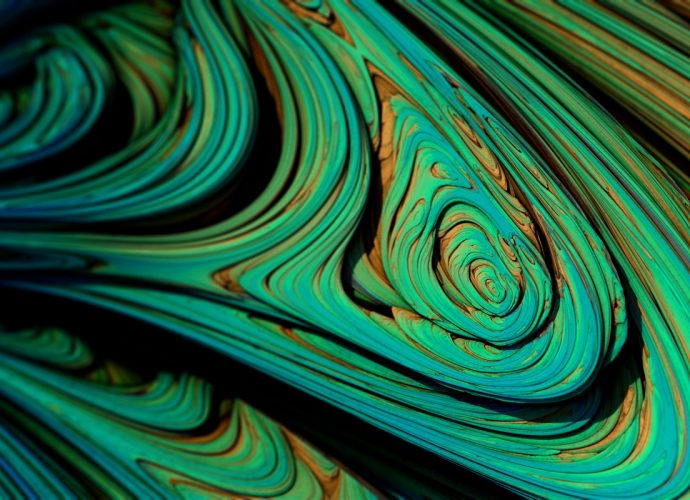Are Introns Found In Eukaryotes Or Prokaryotes?
All eukaryotic genomes carry introns as parts of some gene structures and the introns are to be eliminated by a complex molecular machinery called the spliceosome comprising five snRNAs and more than 150 proteins . Where are introns found in eukaryotes? For example, introns are extremely common within the nuclearRead More →








